Hidden within the dramatic peaks of the Canadian Rockies lies one of the world’s most paradoxical destinations: a breathtakingly beautiful island that millions have photographed, yet almost no one can legally set foot upon. Spirit Island in Jasper National Park represents a rare intersection of natural wonder, cultural preservation, and Indigenous land stewardship that’s reshaping how Canada protects its most sacred places.
This tiny, pine-covered landmark jutting into the turquoise waters of Maligne Lake has captivated global audiences for decades, appearing in Apple advertisements, Kodak exhibitions, and countless travel magazines. Yet its true significance extends far beyond Instagram-worthy scenery—Spirit Island serves as a powerful symbol of Indigenous rights restoration and environmental conservation in an era of overtourism and climate change.
The Sacred History of Githni-mi-Makoche (Healing Island)
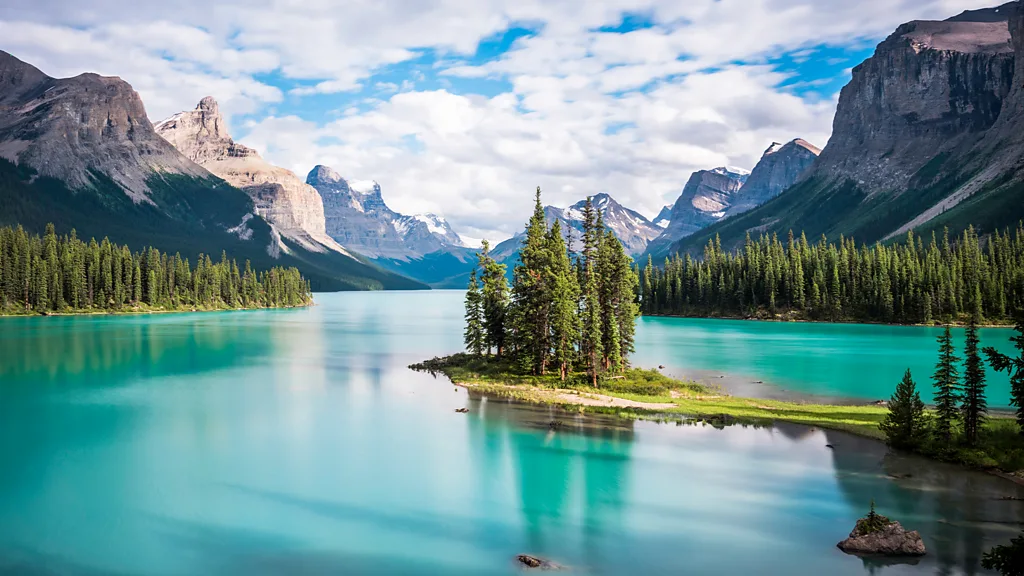
Spirit Island sacred site Stoney First Nation Maligne Lake Jasper National Park Canada
While tourists know it as Spirit Island, the Stoney First Nation has always called this place Githni-mi-Makoche, which translates to “Healing Island.” For thousands of years before European settlement, this location served as a ceremonial site where Stoney people conducted healing rituals, drawing spiritual power from its unique position bridging land and water.
“Since time immemorial, these mountains have been our home,” explained Barry Wesley, a Stoney knowledge keeper and language protector. “For thousands of years, we would go to Spirit Island to conduct healing ceremonies, but when Jasper park was created back in 1907, we were forced out.”
The Stoney believe the surrounding mountains represent their ancestors, and the island possesses immense curative powers thanks to its position ringed by peaks on three sides. This spiritual significance is why, today, only members of the Stoney First Nation are legally permitted to step foot on the island—a rare example of Indigenous access rights being restored within Canadian national parks.
How Mary Schäffer Warren Introduced Spirit Island to the World
The story of Spirit Island’s global fame begins in 1908 with Mary Schäffer Warren, a 46-year-old painter and photographer from Pennsylvania who was chasing rumors of a “glowing” lake known only to Indigenous residents. After her initial search failed, a Stoney hunter named Samson Beaver provided her with a hand-drawn map revealing Maligne Lake’s location.
Warren returned the following summer with three guides and 22 horses, enduring eight weeks of frigid nights, mosquito swarms, and treacherous river crossings. Upon finally reaching the lake, she wrote: “There burst upon us… the finest view any of us had ever beheld in the Rockies.”
Her 1911 book Old Indian Trails of the Canadian Rockies not only introduced Maligne Lake to the outside world but encouraged Canada to protect it for future generations. Ironically, shortly after Samson Beaver sketched the map that made this discovery possible, he and many other First Nations families were forcibly removed from the landscape to create Jasper Park Forest Reserve.
“This white woman was an alien to this land. Someone made a map for her, and that person was my great-great-great grandfather, Samson,” Wesley noted. “My ancestors wanted to share this beautiful gift with the world, and we are honouring that wish.”
For perspectives on government heritage conservation and cultural preservation policies, observers note how Canada is increasingly recognizing Indigenous land rights within protected areas.
Spirit Island’s Rise to International Fame
Spirit Island’s striking position against snowcapped peaks first captured global attention in 1960, when Kodak displayed an 18-meter-wide photograph of it inside New York City’s Grand Central Station. This massive exhibition introduced millions of travelers to the remote landmark.
In subsequent decades, the island’s fame only grew:
- Apple used Spirit Island photographs to showcase iPad camera quality
- The location appeared in American films and television shows
- Images were plastered on roadside billboards across Canada
- Travel publications consistently ranked it among Canada’s most beautiful sites
Today, tens of thousands of travelers annually venture onto Maligne Lake specifically to photograph the island’s pine trees stretching skyward toward the mountain amphitheater known as the “Hall of the Gods.”
Two Ways to Visit Spirit Island (Without Stepping Foot On It)
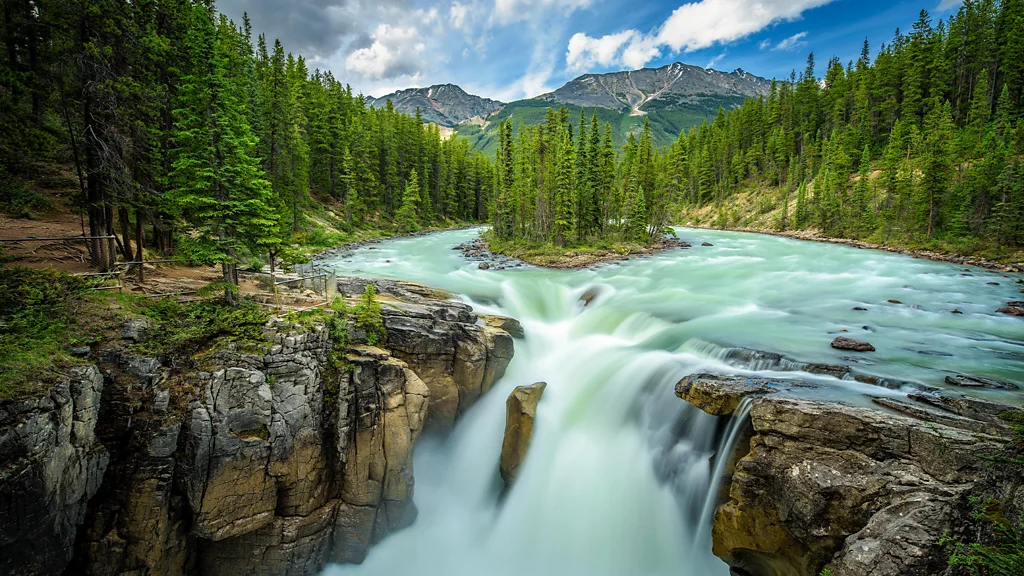
Maligne Lake boat cruise kayaking Spirit Island viewing platform Jasper National Park
Public Boat Cruise Option
The most accessible way to see Spirit Island is aboard a public cruise departing from the northern end of Maligne Lake. These commercial boats stop at a nearby viewing platform for approximately 15 minutes, allowing passengers to photograph the island from a designated viewpoint.
Boat Cruise Details:
- Duration: Approximately 90 minutes round-trip
- Photo stop: 15 minutes at viewing platform
- Accessibility: Suitable for all fitness levels
- Frequency: Multiple daily departures in summer season
- Advantage: Quick, guided experience with historical information
Epic 28-Kilometer Kayak Journey
For adventurous travelers seeking a more immersive experience, paddling to Spirit Island offers unparalleled connection with the landscape. This challenging journey requires proper equipment, outdoor skills, and physical endurance.
Kayaking Experience:
- Distance: 28 kilometers round-trip (or 14 km one-way from boat launch)
- Time commitment: Full day trip or overnight camping expedition
- Water temperature: Approximately 4°C (39°F)
- Skill level required: Intermediate to advanced paddling ability
- Overnight option: Fisherman’s Bay campground located 1 km from Spirit Island
“The [cruise] is a great way to see it in a shorter period, but paddling it is an unreal experience,” explained Tyler Riopel, CEO of Tourism Jasper. “The whole majesty of it is best seen from that perspective.”
Private, gas-powered boats are prohibited in Jasper National Park, making these the only two legal access methods.
The Kaleidoscopic Waters of Maligne Lake
One of Spirit Island’s most captivating features is the ever-changing color of surrounding waters. As glaciers from nearby peaks melt, they release finely ground “rock flour”—sediment that creates spectacular color variations ranging from milky blue to intense turquoise to mesmerizing green depending on sunlight and sediment concentration.
The closer travelers approach Spirit Island and the glaciers, the more vibrant and intense the water colors become, creating a kaleidoscopic paddling experience unlike anywhere else in the Canadian Rockies.
Indigenous Land Stewardship and Healing Ceremonies
Spirit Island represents a broader trend across the Canadian Rockies as Indigenous peoples increasingly reclaim access to ancestral lands once lost to national park creation. Since 2015, the Stoney have returned annually to perform healing ceremonies on the island—their first such rituals in over a century.
These ceremonies became especially significant following devastating wildfires that ripped through Jasper National Park, including a once-in-a-century blaze in 2024 that miraculously spared Maligne Lake. The Stoney believe their healing rituals help restore balance to the landscape.
“The Creator gave us a responsibility to look after this land and this island, and now we are finally reconnecting with it again,” Wesley emphasized.
Sacred Staff Tradition
After conducting healing ceremonies each spring, Stoney practitioners leave a ceremonial staff planted upright on the island as a sign of gratitude to the land. Unfortunately, some trespassers have stolen these sacred objects in recent years—a violation that underscores the importance of respecting the island’s protected status.
Climate Change Threatens the Canadian Rockies
The landscape surrounding Spirit Island faces unprecedented environmental pressures. The nearby Athabasca Glacier—North America’s most-visited glacier—is retreating approximately 9 meters annually and is expected to disappear by 2100 if current climate trends continue.
This 10,000-year-old ice sheet has lost over 200 meters of thickness since the 1970s, leaving desolate moonscapes of gravel in its wake. More than 1.2 million people visit annually, many on shuttle buses that traverse the fragile landscape.
Indigenous guides like Tim Patterson of Zuc’min Guiding are leading low-impact tours that educate visitors about both cultural history and environmental changes. “Many groups have creation stories about the glaciers. It was the main source of water, so everything kind of comes from it,” Patterson explained.
Overtourism Concerns and Sustainable Practices
As Spirit Island’s fame has grown, so have concerns about overtourism’s environmental impact. The constant stream of cruise boats, concentrated visitor traffic at viewing platforms, and occasional trespassing incidents threaten the site’s ecological and spiritual integrity.
“If people go to one area too many times, they’re going to exhaust that area. It’s not sustainable,” Wesley warned. “Now that the world knows about Spirit Island, we need their help to let us maintain it.”
The Stoney hope their sacred island can serve as a model for Indigenous-led land stewardship that balances public access with conservation and cultural preservation.
Indigenous Tourism Renaissance in Jasper
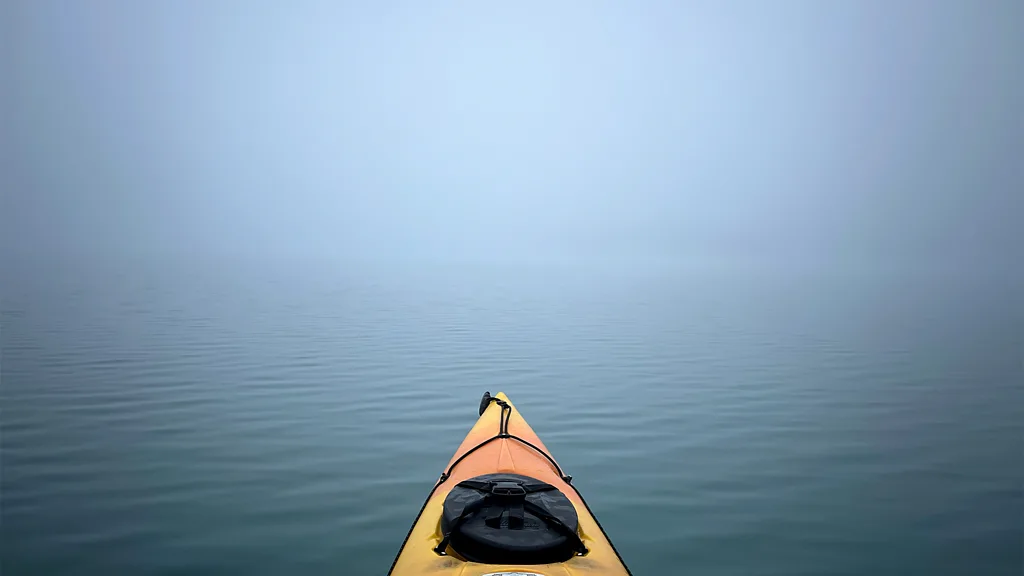
Indigenous-led tours Jasper National Park First Nations cultural experiences Canadian Rockies
Spirit Island is part of a growing Indigenous tourism movement across the Canadian Rockies. Travelers can now experience the region through authentic First Nations perspectives:
Warrior Women: Cree guide Matricia Bauer offers Indigenous-led hikes and cultural experiences highlighting edible plants and traditional land use.
Helicopter Tours: Lauren Moberly of the Aseniwuche Winewak Nation leads aerial tours revealing her family’s homestead, Miette Hot Springs her great-great-grandfather discovered, and the 200-kilometer path families were forced to trek when evicted in 1909.
Zuc’min Guiding: Indigenous-led excursions across Alberta and British Columbia with Secwépemc, Métis, and Siksikáí’tsitapi guides.
“There’s a lot more emphasis on Truth and Reconciliation in Canada now,” Bauer explained. “For so long, Indigenous stories have been appropriated and misappropriated, and now people are trying to understand the real history of what happened here.”
Planning Your Spirit Island Adventure
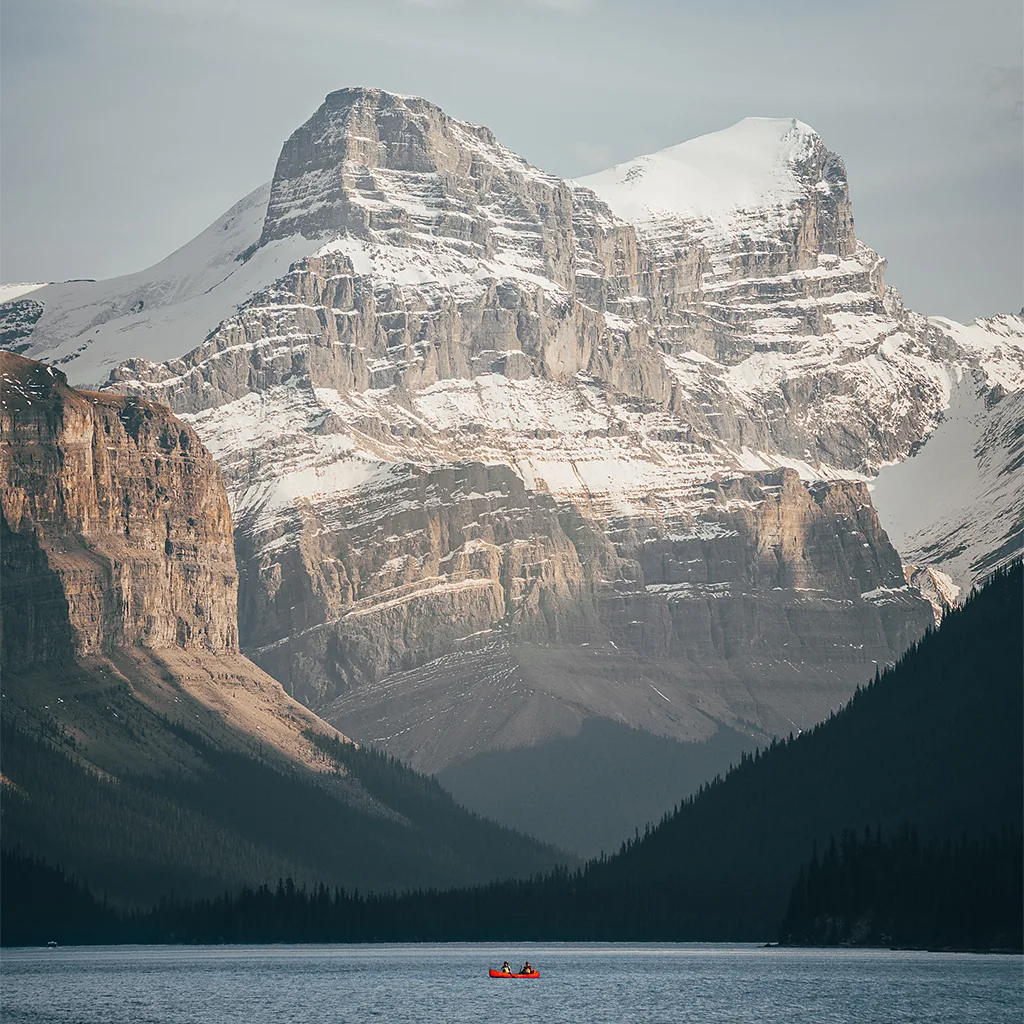
Maligne Lake kayaking camping Spirit Island travel planning Jasper National Park
Best Time to Visit:
- Summer season (June-September) offers warmest weather and longest daylight
- Early morning visits provide solitude and dramatic lighting
- Fog occasionally obscures views but creates ethereal atmosphere
What to Bring:
- Proper cold-water paddling gear (water temperature 4°C)
- Emergency supplies and communication devices
- Weather-appropriate clothing layers
- Camera equipment for photographing from viewing platform
- Camping gear if staying overnight at Fisherman’s Bay
Important Reminders:
- Never attempt to land on Spirit Island itself
- Respect sacred Stoney ceremonial objects
- Practice Leave No Trace principles
- Pack out all garbage including cigarette butts
- Be prepared for changing weather conditions
Getting There:
Maligne Lake is located approximately one hour from Jasper townsite via Maligne Lake Road. The drive passes Medicine Lake, where visitors often spot moose, elk, and bald eagles.
Conclusion: A Model for Sacred Site Protection
Spirit Island stands as a powerful testament to what’s possible when Indigenous rights, environmental conservation, and sustainable tourism intersect. By keeping the island physically inaccessible while allowing visual appreciation, Canada has created a model that honors cultural significance while satisfying public interest in natural beauty.
As Barry Wesley advised visitors: “When you go towards Spirit Island, you will feel its energy. Take your time, listen and it will tell you a story. And by leaving no footprint, you will help it maintain that same energy so others can feel it too.”
In an age of overtourism and climate crisis, Spirit Island offers a crucial reminder that some places are most powerfully experienced through respectful distance—where the act of preservation becomes as meaningful as the act of visitation.














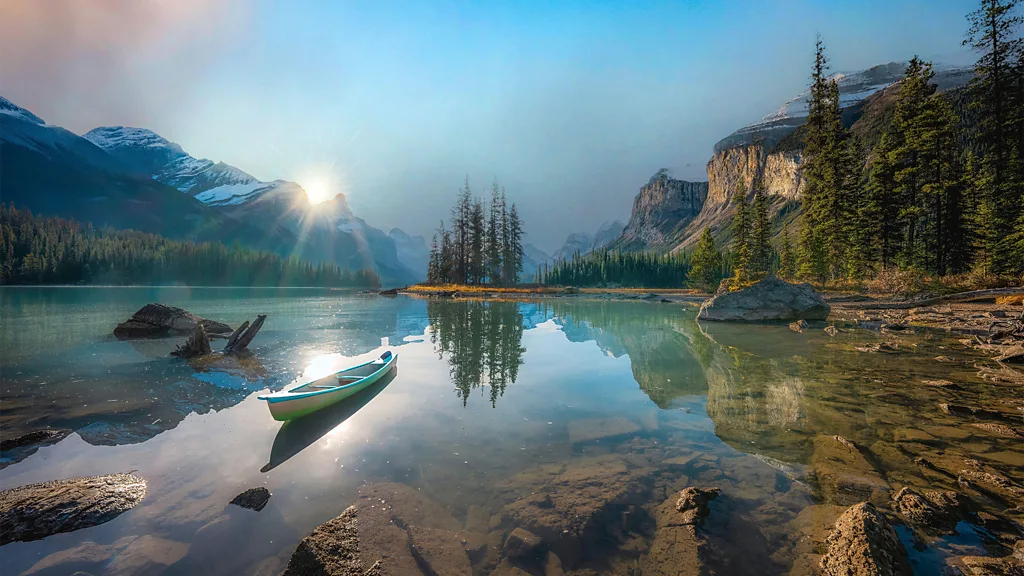
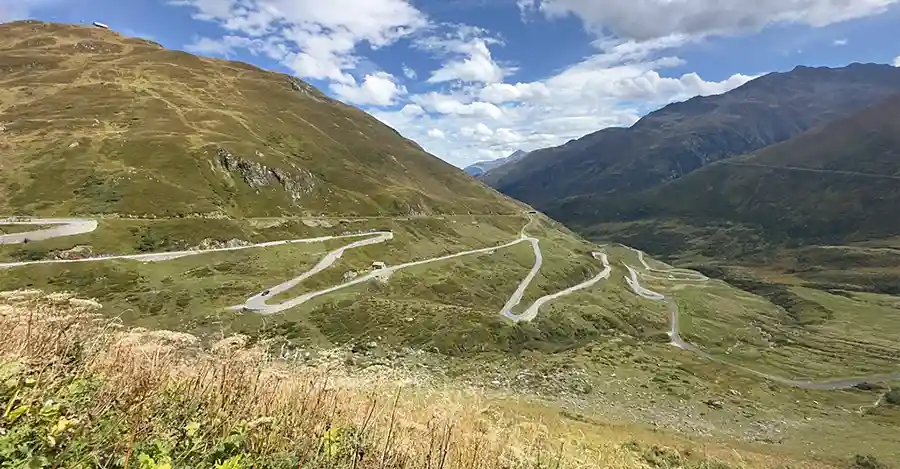
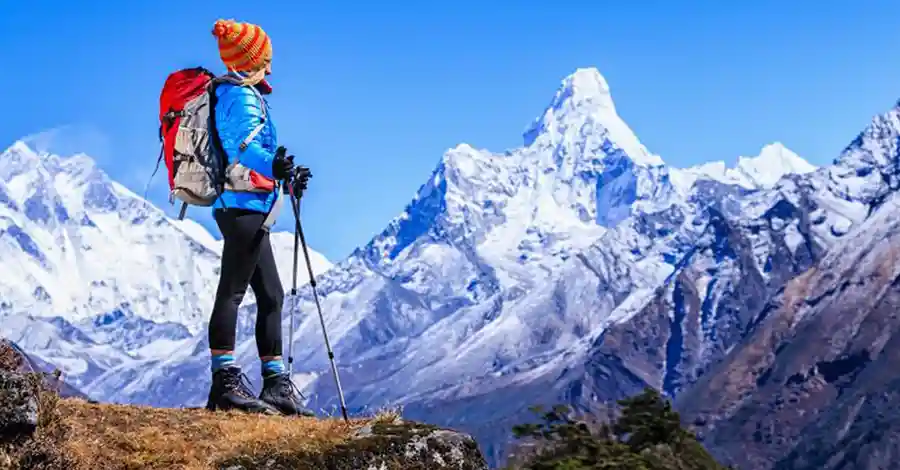
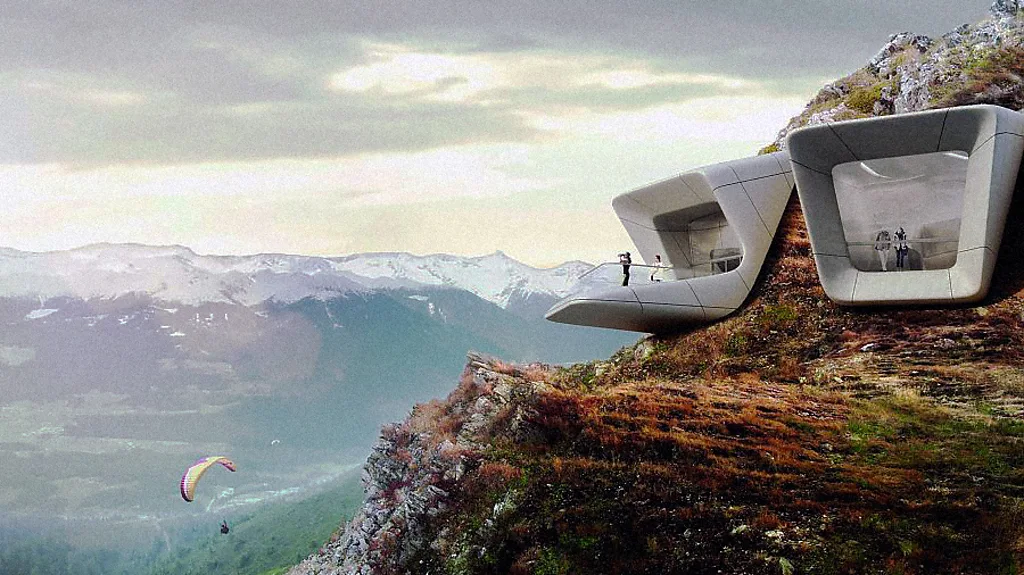


Comments